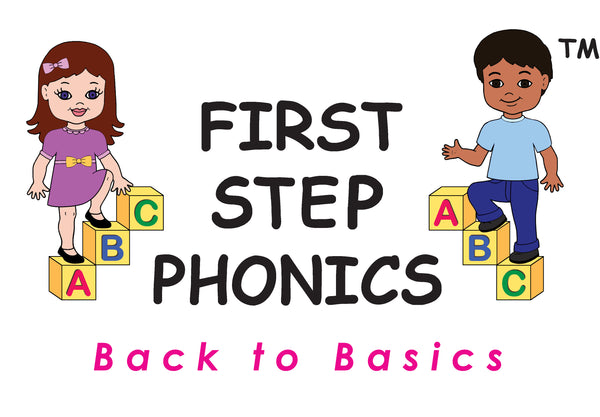Why H is Not a Vowel
Consonants vs. Vowels and Why H is Not a Vowel

If you search the internet for answers, you will find two explanations for why H is not a vowel. The most common is Explanation #1 below, but both are valid. I will lay out each and you can decide what to teach to your student. But first, let’s review:
Vowel and Consonant Review
A consonant is a sound in speech that is made by using a part of your mouth to partially obstruct the airflow to change the sound in some way. You may or may not use your vocal cords to make a consonant sound.
When making a vowel sound, no part of your mouth is blocking the airflow. Also, using your vocal cords is always required.
If you are confused by what it means to use your vocal cords, read on.

Explanation #1
This explanation is what I taught my students for decades and is most commonly found on the internet. If you don’t feel it thoroughly explains why H is categorized as a consonant, read on to Explanation #2.
When making the sounds of the letters, sometimes you are using your voice and sometimes you are not. When you are using your voice, your vocal cords are vibrating. When you are not using your voice, your vocal cords are not vibrating (like when you whisper).
For example, if you compare the sounds to F and V, you will notice that the movement of your mouth is exactly the same for both sounds. The only difference is that you are using your vocal cords to make the V sound and for the F sound, you are not using your voice. Another example would be S and Z. You are using your vocal cords to make the Z sound and for the S sound, you are not.
Many people get confused and think they are using their voice when they actually are not, or vice versa. Or they have no idea at all what we mean by voice or vocal cords. Let’s do a little experiment, shall we? Place your tongue against your teeth and get ready to make the S sound. During this experiment, you will leave your mouth in that position until we are finished. Place your palm over your throat so it covers as much of your throat as possible. Remember, once you begin making the series of sounds, keep your tongue in place.
Begin making the sound of S, and keep doing that for two or three seconds.
Don’t stop. Now switch to the Z sound and keep that up for two or three seconds. One more time, switch to the S sound without stopping and then, again, the Z sound. The vibration you feel in your throat when making the Z sound (kind of like you’re humming) is your vocal cords. That is your “voice.”
You always use your voice when making all vowel sounds. When you make the H sound, you are not using your voice. In order to qualify as a vowel, you must use your vocal cords and therefore H is not a vowel.
On rare occasions, the above does not satisfy the student, and so I go to the next explanation.
Explanation #2

Classifying H as a consonant has to do with the sound’s role in the syllable. This is going to get a little technical, so if you don’t geek out on this kind of thing or you have a feeling that you’re about to slip down a rabbit hole, reconsider reading further. You don’t have to know everything.
If you made it to this paragraph, you must really want to know! Here we go… Although syllables often have consonants, every single syllable always has a vowel. Even if that syllable is one letter, as in the A in about, the syllable has a vowel. Every time you have to reset your mouth to make a new syllable, a vowel is always involved.
If you try to say too many consonants at once, you will have a difficult time. This is because you need a vowel to take you from one consonant (or group of consonants) to another. Vowels are like a bridge between consonants. Another analogy would be that a syllable is like a sandwich. The vowels are like the meat in a sandwich, and the consonants are the slices of bread: C (bread) A (meat) T (bread). The function of the A in the middle is to connect the sounds of the consonants.
The H doesn’t function as the meat in the sandwich; it does not serve as a bridge from one (or more) consonant to another. The H always functions as the bread in a syllable, always — unless it is silent, in which case it is neither a vowel nor a consonant because it has no sound. In summary, H does not do the job of a vowel. It functions as a consonant.
I hope this has helped you!
Veronica Blade
